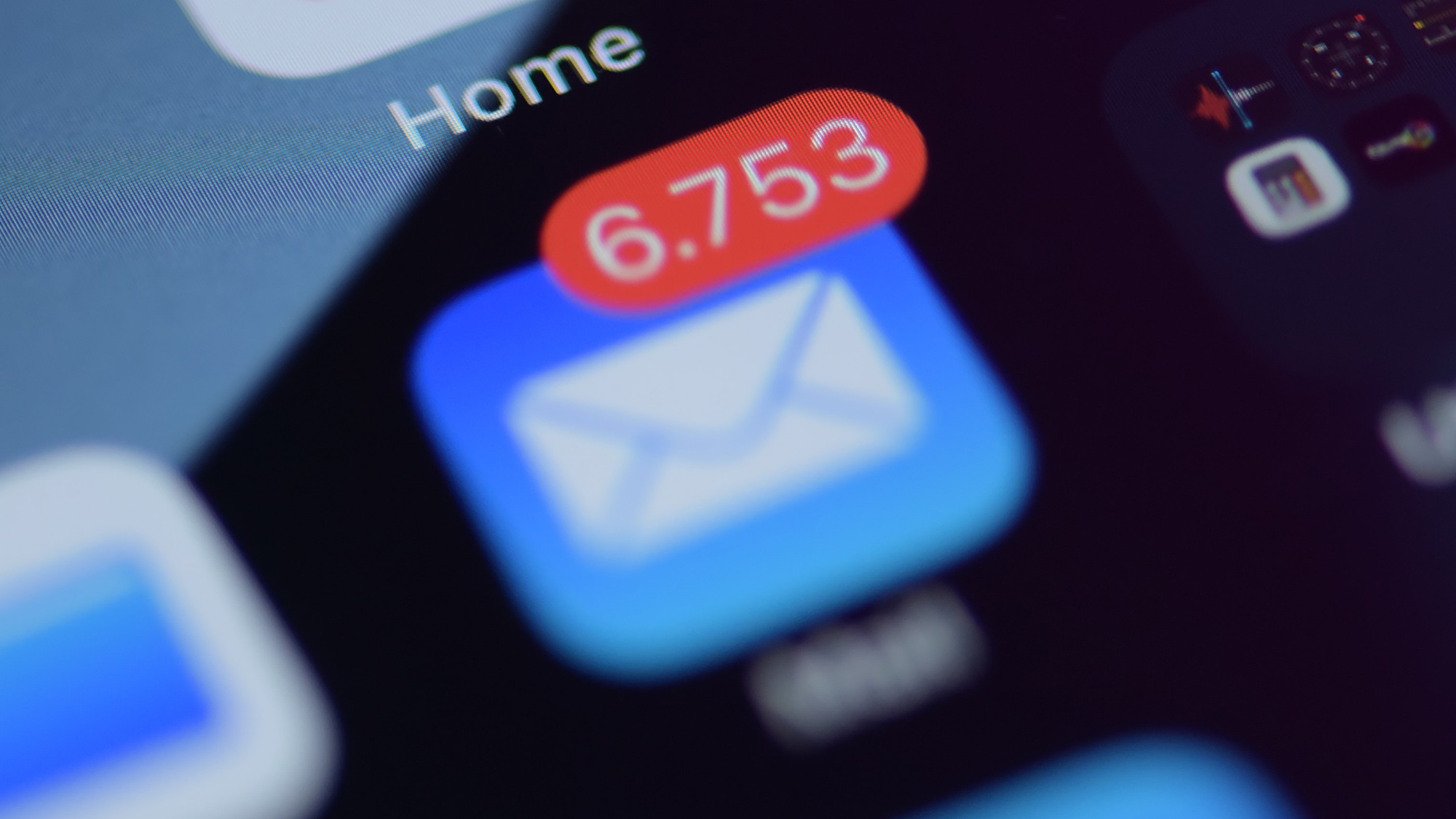

The simplicity and convenience of email have made message overload a real problem. Now, companies, friends, committees, colleagues, social networks, apps, organizations, relatives, spammers, and bots are bombarding our inboxes day and night, turning this once seemingly magical form of communication into a bloated mire of unimportant messages that we’ll never get around to reading.
But you can make things better by using whitelists. This feature has been present in most email clients for years and gives you more control over which messages actually get through to you.
How email whitelists work
If you think about all of the emails that cascade into your inbox on a daily basis, you might notice that the majority are unsolicited and not specifically directed at you. This permissive attitude towards email is why messages continue to build up to a daunting extent.
Rather than letting everything through and then trying to filter out the junk—the normal approach to email management—a whitelist is a more proactive alternative. You’ll be setting up a roster of contacts you’re actually happy to get messages from, and your email client will demote the rest from the get-go. It’s your inbox after all, and perhaps it’s time you get stricter in terms of what is allowed to access it.
[Related: The 5 best email apps to rescue your inbox]
For all those non-whitelisted emails, demotion will look different depending on the email app you use and how you set up your whitelists. Unless you’re very brave, you probably don’t want to dispatch everything that’s not on your whitelist straight to the trash folder. A more practical alternative is marking these messages as less important or moving them to a different folder for checking later, for example. Deprioritizing these emails will make them less distracting, so you can focus on messages that actually require your attention instead.
Keep in mind that when using whitelists you’ll always risk missing something genuinely important from someone who isn’t on your roster. This is why it’s always a good idea to make a habit of checking your non-whitelisted messages occasionally.
How to set up whitelists in your inbox
Different email apps take different approaches to whitelisting, so you’ll need to see what your program of choice has to offer and configure it accordingly. Most importantly, you’ll usually have plenty of flexibility when it comes to choosing what happens to your whitelisted and non-whitelisted messages.
In Gmail on the web, click the search options icon (three sliders) to the right of the search box at the top of the screen, and enter the email address for the person you want to whitelist in the From field. Click Create filter and decide what whitelisting means in Gmail: You could automatically star whitelisted emails, use labels to mark them as important, or categorize them as priority emails, for example. And whatever you choose to do, don’t forget to select Never send it to Spam.
You can then use these labels to help you manage your email. You can set Gmail on the web to show starred messages first (click the cog icon in the top right corner, then Starred first); or you could set the Gmail mobile app to only send you a notification when a priority email comes in. You could even create a dedicated whitelist label and then use it to prioritize these messages on the web and on your phone.
[Related: Use email aliases to organize your inbox—and stay private]
The Microsoft Mail app that comes with Windows doesn’t have a whitelist feature, but Outlook on the web does. To use it, click the cog icon (top right), then pick View all Outlook settings, Email, Rules, and Add new rule. You can have Outlook pin emails from specific senders to the top of your inbox, mark them as important, categorize them, or add them to a specific folder.
In Apple Mail on macOS, you can start whitelisting by clicking Mail, Settings, and Rules. Select Add Rule, and create one for the contact you want to whitelist. In Apple Mail you can move these messages to a specific folder, apply a flag to them, or set them to be a specific color to help you manage them better. You can also make sure these emails play a sound or prompt a macOS notification when they arrive, so only the most important emails grab your attention.
